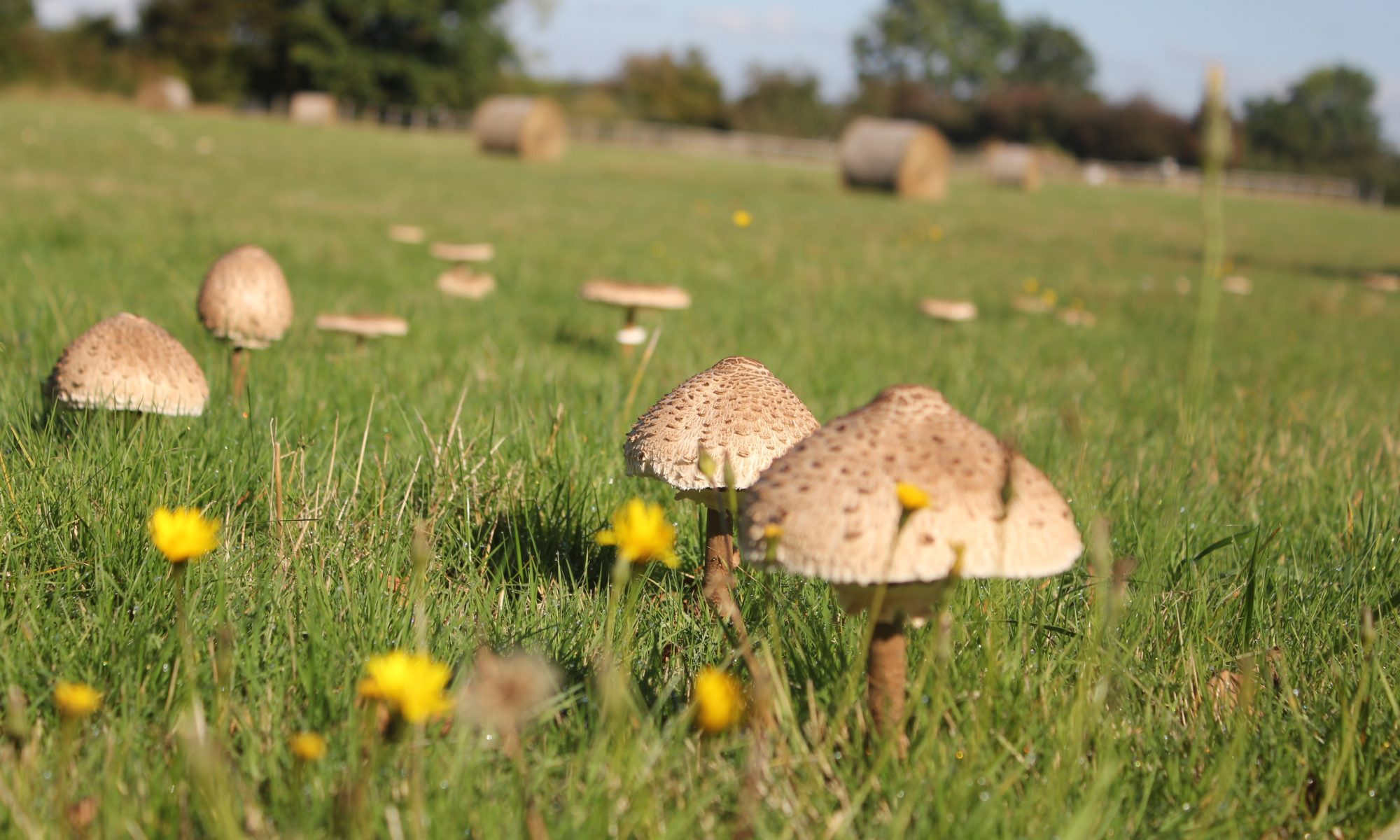Jo Arnell is scouring the English countryside for all its treasures
General foraging rules
- Make sure you can identify the plant – poisonous plants can look edible and some may look almost identical to edible varieties
- Don’t pick from roadsides polluted by car exhausts
- Stay on footpaths and do not trespass
- It is illegal to uproot plants unless on your own land
- Don’t take the flowers or seeds of ANNUAL plants, as these need to disperse and grow again
- Make sure you don’t trample on surrounding plants
- Never take more than you need – think about wildlife. Their need is far greater than ours
- Consult www.bsbi.uk/code.htm for a detailed code of conduct
The natural world is getting ready for the winter. The plants have been thinking about it for months – since the summer solstice – the moment when the earth starts to turn away from the sun and the days start their inevitable shortening.
We might feel that the summer has just started by the 21st of June, but ironically this is the signal that tells the plants in the northern hemisphere to start making fruit and seed, to ripen their wood and prepare for the long cold months ahead.
By autumn the nights are noticeably longer – and colder. Fruits and berries are reddening with anthocyanin and advertising their readiness to be eaten. Those of us who liked picking up sticks and shells as children have never really stopped – ok some might have transferred to shopping or collecting jewellery, but the rest of us are still unable to go on a walk without collecting something to bring home. It is great fun heading out to harvest free food, or natural decorations (sticks) and foraging brings added purpose to autumn walks. It also helps to satisfy those hunter-gatherer instincts.
Fruits and nuts
The harvest season starts in the late summer with soft fruit like blackberries, but even in October the hedgerows are still packed with deliciousness. There are elderberries for sauces and wine, rosehips for syrups and cordials, wild plums and apples for crumbles and pies, cobnuts for roasting and sloes for seeping in jars of gin. A veritable forager’s feast awaits at the edges of fields and paths, but be careful where you tread and be mindful not to disturb wildlife, or to take more than you need.
Forager’s hedge
If you would like all the joys of a hedgerow harvest without the muddy trek out into the fields, you could always grow an edible hedge. You might have to share it with the wild creatures, but ultimately that would make the experience even better – and save money on bird food. Late autumn or early winter is the perfect time for planting a deciduous hedge. It is much cheaper to buy bare-rooted plants, or whips and they will establish roots over the winter and get going quickly during the following spring. It’s fun choosing your own mix of species plants, but some hedge suppliers even list edible hedges that you can buy by the metre – look out for the gin lover’s version.
Mushrooms
Field mushrooms and other edible fungi are plentiful in autumn. A mushroom is the fruiting body of the fungus and forms when soil conditions are warm, but the air is cooler. However, many species are poisonous – some are even deadly. It can be confusing working out which is which, so always make sure that you take an expert guide with you when foraging for fungi.
Foraging for non-edibles
This is a great time of year for collecting decorative cones and seed heads, colourful leaves, twigs, acorns and woodland finds that can be turned into natural arrangements, or saved to be used at Christmas. Autumn wreaths are a charming celebration of the season and are becoming popular to make. If you are collecting for your Christmas wreath it’s best not to wait until December to go out foraging, because the weather has a habit of trashing delicate natural decorations.
Choose a dry day for the expedition, as damp seed heads will become mouldy – or possibly even start to germinate. Store your pickings in a dry place – and away from mice and other creatures looking for a quick snack. Out in the countryside there are alder cones, acorns and the vibrant berries of spindles. Skeletal remains of umbelliferous plants like wild carrot and giant hogweed can look really attractive too – be careful about using hogweed though as it is poisonous, non-native and invasive.
Berries and fruits should be collected just before you need them, but I have more or less stopped picking them from the wild – I like to leave them for the birds and tend to pick things from the garden like Cotoneaster or Pyracantha berries (and even use cranberries from the supermarket for last minute embellishments).
You will find other rich pickings in your own garden too. Hydrangea flower heads (bracts) will last for a long time once picked, rose hips, seed heads of alliums, poppies and love-in-the-mist and the skeletons of fennel and angelica make perfect natural decorations and will last throughout the winter.
Collecting wild ingredients is a satisfying activity – sending us back to simpler days and connecting us with the seasons, but even going out and just looking at the beauty of the countryside in all its autumn glory will be worth basketfuls.
For details of Jo’s gardening courses visit hornbrookmanor.co.uk or contact Jo on 01233 861149
You may also like
Go with the Flow
Sue Whigham shares some valuable new-to-gardening advice I’m sure that by now we should be used to the rain but I’m not entirely sure that we are. We had a dry, sunny day the other day and how everybody’s mood...
Farm Fables
Jane Howard gets to the bottom of why so many ponds have disappeared across the High Weald I have a new passion, almost an obsession, it’s about ponds. And there’s a distinct possibility I might become a bit of a...
Hedge Issues
Sue Whigham takes a meander along nature’s verdant and vital corridors Recently the BBC’s Today programme carried a feature about England’s hedgerows which created a lot of interest among listeners. On the strength of that, Martha Kearney interviewed one of...
















